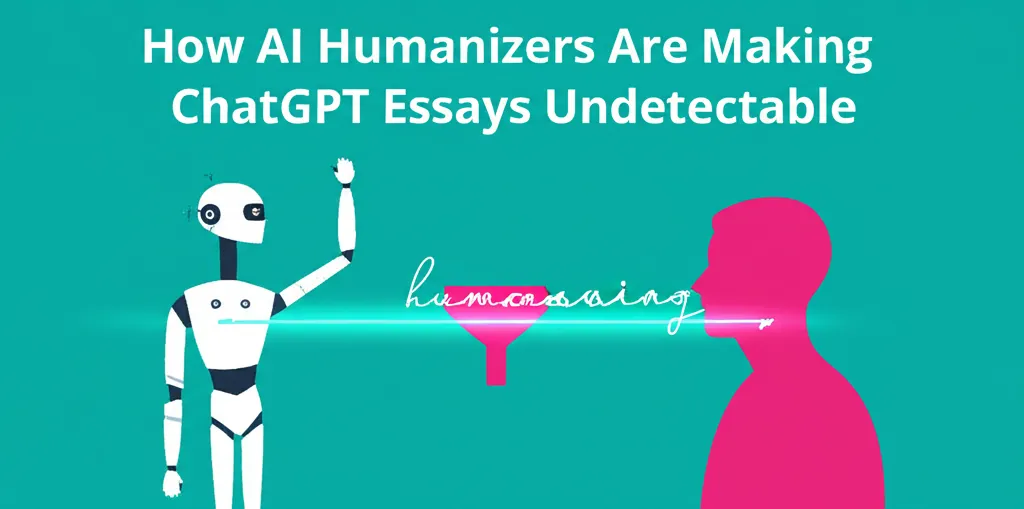Harvard Study Reveals How We Actually Use ChatGPT
The Surprising Reality of ChatGPT Use
Fears of students and employees outsourcing their work entirely to AI might be overstated. According to a new working paper from David Deming, the Danoff Dean of Harvard College, the everyday use of ChatGPT is far more practical and less dramatic than many believe.
"It’s more wholesome and practical than I expected," noted Deming, a labor economist. "I think that’s a good story. But it’s probably a disappointment if you think this thing is taking over the world. It’s also not a very good story for those predicting huge productivity gains."
Instead of being a tool for wholesale cheating, ChatGPT has emerged as a versatile assistant, adviser, and guide for millions.
 “People have found that it’s great to have an assistant, an adviser, and a guide.” File photo by Stephanie Mitchell/Harvard Staff Photographer
“People have found that it’s great to have an assistant, an adviser, and a guide.” File photo by Stephanie Mitchell/Harvard Staff Photographer
A Landmark Study by Harvard and OpenAI
This large-scale study was a unique collaboration between Deming and in-house economists at OpenAI, the company behind ChatGPT. The research delved into anonymized user data to understand who is using the technology and how they are using it. Deming, who has previously published high-profile research on AI adoption and labor market disruptions, partnered with the firm after presenting his work at their headquarters.
Unprecedented Growth and Shifting Demographics
The adoption rate of ChatGPT has been explosive. As Deming pointed out in a recent Substack post, ChatGPT reached 1 billion daily messages in under two years, a milestone that took Google eight years to achieve. As of July 2025, an estimated 10% of the global adult population uses the technology.
The study revealed several key demographic trends:
- A Young User Base: Adults aged 18 to 25 are the heaviest users, responsible for nearly half of the platform’s 2.6 billion daily messages.
“I knew young people would be heavier users. But the scale is surprising. It suggests this generation will be truly AI native.”
-
Closing the Gender Gap: While early adoption was dominated by users with traditionally male names (around 80% in early 2023), this gap has completely closed. As of July 2025, users with traditionally female names now represent just over half of all users.
-
Global Adoption: The technology is no longer concentrated in the wealthiest economies. People in middle-income countries like South Korea, Chile, and Brazil are now adopting ChatGPT at a faster rate, erasing previous geographical disparities.
From Cheating Tool to Practical Assistant: What Are People Asking?
To understand how people use ChatGPT, the researchers used ChatGPT-4 to categorize nearly 1 million anonymized messages. They found that personal use has significantly outpaced work-related use, accounting for nearly three-quarters of all messages.
Roughly 80% of all prompts fell into three main categories:
- Seeking Information (24%): This is similar to a standard Google search, but more conversational. Users can ask a question and get a direct answer without sifting through websites.
- Practical Guidance (29%): This involves more customized and adaptive requests. Deming gives an example: "I’m a 65-year-old who hurt my left hamstring. Give me some stretches to do." The conversational nature of the chatbot allows for follow-up questions and refined answers, something a traditional search engine can't do.
- Writing (24%): While this was the top category for work-related messages, it's not about generating entire essays from scratch. Deming clarified that most "writing" tasks involve summarizing documents, critiquing drafts, editing text to a specific word count, or translating languages.
How AI Is Really Being Used at Work
Even in a professional context, the study found that ChatGPT is not replacing core job skills. By mapping work-related prompts to the U.S. Department of Labor's O*NET database, researchers discovered that white-collar professionals use the tool for a similar set of general tasks, regardless of their industry.
The top categories were "documenting/recording information" and "making decisions and solving problems."
"If you look at educators, the top use case isn’t a category called ‘training and teaching others,’” Deming said. “It’s ‘documenting/recording information.’ And for sales occupations, the top task isn’t ‘selling or influencing others.’ It’s ‘making decisions and solving problems.’”
“The way people are using it is so general that it applies to every job. It makes me even more skeptical of the narrative that AI is replacing entry-level positions.”
This suggests that AI is currently functioning as a general-purpose tool that assists with universal tasks, rather than a specialized technology that makes specific jobs obsolete.

